While Italy is known as the main buyer of Azerbaijani oil, it's not just the oil that connects the people of Azerbaijan to this beautiful country in Southern Europe. Azerbaijanis have always had a great interest in Italy, with many enjoying Italian films and dreaming of exploring this enchanting land.
When one thinks of Italy, two cities often come to mind: Rome, with its historical monuments like the Colosseum, and Milan, which has played a significant role in the development of musical culture in many countries, including Azerbaijan. In fact, Shovkat Mammadova, Azerbaijan's first professional female singer and opera actress, studied in Milan on a scholarship from the millionaire Haji Zeynalabdin Taghiyev. Today, an Azerbaijani music school operates in Milan as a private educational institution.
However, this article is dedicated to neither Rome nor Milan, but to Como, a city considered the mysterious paradise of Italy. Surrounded by the Alps, Como is situated in a scenic area on the southwestern shore of Lake Como.
The Road to Como Passes Through Milan
There are no direct flights from Baku to Como, as the city itself doesn't have an airport. Therefore, one must use the services of Milan's Malpensa Airport, located approximately 50 km away. Azerbaijan Airlines (AZAL) operates flights from Baku to Milan and back five days a week. Among the passengers on one of these flights was a group of journalists, including myself.
Our trip was organized by AZAL, the Italian National Tourism Agency (ENIT SPA), and the Como-Lecco Chamber of Commerce and Industry. After arriving in Milan, we took a bus for about 40 minutes before Como greeted us in all its beauty. Como is the administrative center of the province of the same name, located in the Lombardy region of Italy.
The famous lake here is of glacial origin, formed about 10,000 years ago during the last Ice Age, and is the deepest lake in Europe. It is 46 kilometers long, 4.5 kilometers wide, and has a maximum depth of 414 meters.
The City Specializes in the Textile Industry
Como's economy has historically been built on the textile industry. The city has continuously improved its silk production, passing this tradition from generation to generation. In 1400, the Duke of Milan, Ludovico Sforza, planted the first mulberry trees around Lake Como and organized silkworm breeding here. As a result, the silk industry developed in the city.
The renaissance period in this field began in 1866 when the Technical Institute for the silk industry was established in Como. From the 1990s, Como began to be recognized as a global silk center. Today, famous fashion houses and clothing manufacturers are located in the city. Companies like Mantero, Ratti, Clerici, and Frey, which produce pure silk scarves and other products, have already become brands.
Everyone Smiles in Como
In Como, one feels as if they have entered a fairy tale world. We start our city tour from Cavour Square in the center, where all the famous hotels, including the Hotel Terminus where we stayed, are located. The hotel offers a beautiful view of the city and Lake Como, especially in the morning when the tranquility is captivating.
In Como, with a population of less than 100,000, foreign and local tourists are more noticeable. They mainly come here in spring and autumn. Among the tourists are citizens of both European and Asian countries. However, the local Italians treat everyone the same way, trying to be kind and generous to all tourists.
The people of Como are also very serene, not in a hurry, remarkably patient, and usually smiling. Representatives of different nations make the city even more colorful. During a walk here, you may even encounter celebrities like Madonna, Ronaldinho, or Sylvester Stallone, as they have villas on the shores of Lake Como.
Santa Maria Assunta Church
In the center of Como stands the Santa Maria Assunta Church, better known as the Como Cathedral. The building is the main place of worship in the city, dedicated to God's acceptance of the Holy Mary. Although Gothic features predominate in the cathedral, it also hosts many Romanesque, Renaissance, and Baroque elements.
The foundation of the church was laid in 1396, and its construction was completed in 1770. Its facade is adorned with statues of the great Pliny, author of Natural History, and his nephew, the younger Pliny, both natives of Como who perished in the eruption of Mount Vesuvius.
When the Pope of Rome learned about this, he ordered the removal of the pagan statues from the church walls, but the local people defended these monuments dear to them. In the 16th and 17th centuries, the interiors were decorated with tapestries made in Ferrara, Florence, and Antwerp. There are also several paintings by Bernardino Luini and Gaudenzio Ferrari.
A View of Como from Above
One of the interesting entertainments in Como is looking at the city from a height. For this, you need to take the funicular and ascend to an area called Brunate, about 700 meters above sea level, in just 7 minutes. Here, you can enjoy the breathtaking view of Como and see all the beauties of the city. Tranquility also reigns in this place.
Como, with its location at the southern foothills of the Alps, also provides opportunities for mountaineering enthusiasts throughout the year. The peaks of Grigne, Resegone, Corni di Canzo, Monte Berlinghera, and Legnone are famous all over the world.
As part of a media tour, a group of journalists visited one of the most beautiful corners of Italy – Lake Como and the nearby towns in the Lombardy region. The visit was organized with the support of ENIT S.P.A. (The Italian National Tourist Board), AZAL Airlines, and the Como-Lecco Chamber of Commerce and Industry.
Bellagio – the Pearl of Lake Como
Bellagio is located near the cape that divides Lake Como into two branches. It is a place of true serenity, happily visited by tourists. The mayor of the town told us that although the population is only about three thousand, over 700,000 visitors come here each year! On the shore, a wide promenade full of greenery and flowers immediately catches the eye. Bellagio is a true haven of peace, where visitors can relax their souls on the lakeside, surrounded by nature and fresh air. Its beautiful surroundings and mild climate throughout the year made Bellagio popular long before the era of mass tourism. Famous figures such as Liszt and Stendhal, as well as kings and emperors from Italy, Austria, France, and Hungary, used to rest here. Aristocrats from all over Europe built magnificent villas surrounded by charming gardens. In the summer, visitors to Bellagio can enjoy a wide range of water sports and activities: water taxi and ferry tours, canoeing, motorboating, and sailing excursions. In the winter, you can take a lift to the top of Mount San Primo for breathtaking views of the Alps.Although this cozy town consists of only two main streets, it boasts many interesting historical sights. Bellagio has a rich historical and cultural heritage. One of the most famous attractions is Villa Melzi, the country residence of Francesco Melzi, vice-president of the Italian Republic, built between 1808 and 1810. Another highlight is Villa Serbelloni, located right at the tip of the cape. According to legend, it was once the residence of Pliny the Younger. Leonardo da Vinci, Ludovico il Moro, Queen Victoria, and President Kennedy have all stayed here. Today, Villa Serbelloni is a luxurious hotel accessible only to a few.
The Basilica of San Giacomo, built in the Romanesque style in the 11th century, is Bellagio’s main church. Inside, visitors can admire artworks from different periods. In the Church of Saint George, dating back to the 11th–12th centuries, you can see one of the city's symbols – the Madonna della Cintura sculpture, which remains very popular among the faithful. The streets of Bellagio’s historical center are very charming, featuring cafés, restaurants, hotels, and souvenir shops. The arcades along Piazza Mazzini, with their souvenir stores and restaurants, are especially popular with tourists.
The Church of Ghisallo in Magreglio and the World’s Most Unique Cycling Museum
The 17th-century Church of Madonna del Ghisallo (Our Lady of Ghisallo) is one of the most popular destinations for cycling and motorcycling enthusiasts. Thousands of athletes visit it every year. Inside, there is a painting of the Virgin Mary, who was proclaimed the Patroness of Cyclists by Pope Pius XII in 1946. Later, motorcyclists also chose her as their protector. The church houses bicycles, jerseys, and memorabilia belonging to legendary champions. The church stands at the Ghisallo mountain pass, at 754 meters above sea level. The climb from Bellagio is quite challenging for cyclists, but it is a traditional part of the Giro di Lombardia and is often included in the Giro d'Italia. Since 2006, a unique Cycling Museum – Madonna del Ghisallo – has operated next to the church. The museum showcases a collection of bicycles, from the earliest wooden models to the latest carbon fiber designs – over 2,000 exhibits! The first exhibit is a wooden bicycle built according to sketches by Leonardo da Vinci. Visitors are amazed by the vast number of relics connected to past and present champions. Entrance costs 6 euros.
The Baggero Mill Museum in Merone and the Winery in Montevecchia La Valletta
The Baggero Mill Museum is located on a small island, now transformed into a countryside resort. This historic site was built by Benedictine nuns in 1722 in the Lambro Valley Park. Today, efforts are focused on promoting sustainable tourism and encouraging new entrepreneurship to support the development and environmental restoration of the area. The tour concluded with a visit to Corazziere restaurant in Merone, where we enjoyed exquisite dishes of Italian cuisine. The owner also introduced us to his wine collection, featuring bottles dating back to 1897. The journey continued with a visit to a winery in Montevecchia La Valletta, where we toured the wine cellar and tasted various beverages, including non-alcoholic options. We learned about the production of wine and the different methods used in winemaking.
An evening dinner at the "Terminus" hotel restaurant in Como was a pleasant end to another beautiful day of the trip.
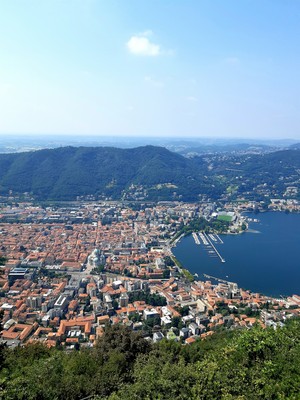
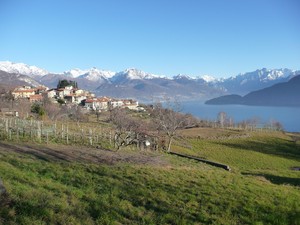
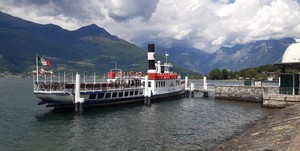
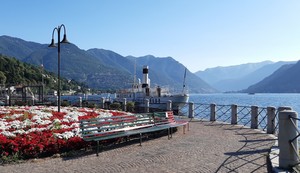
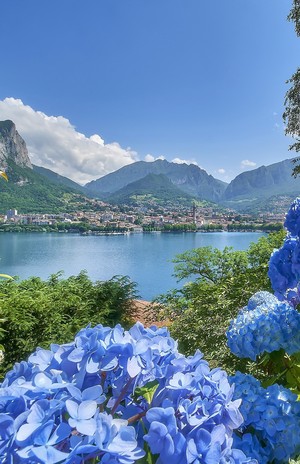
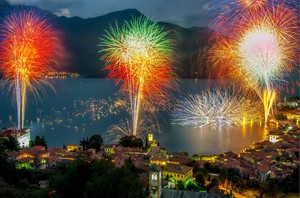
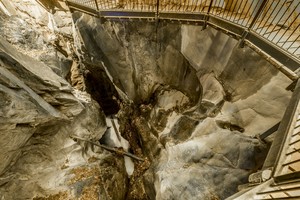
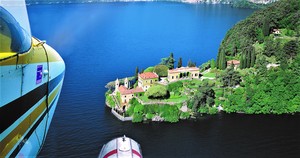
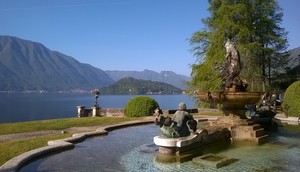
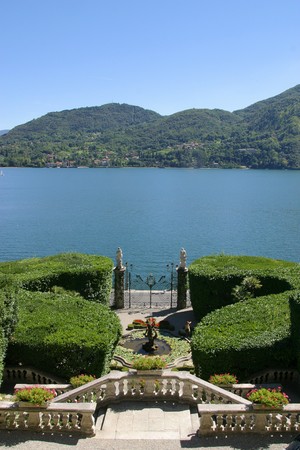
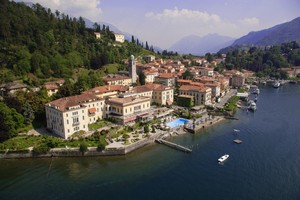
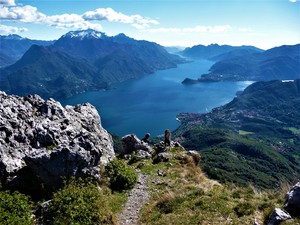
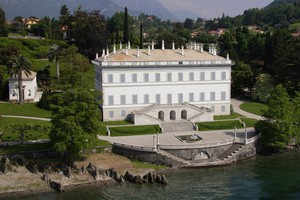
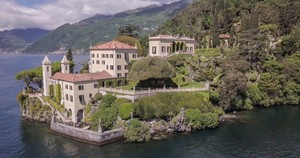
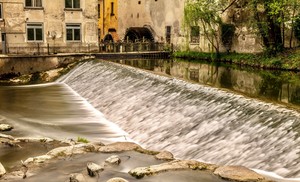
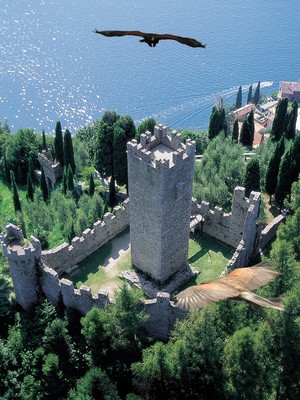
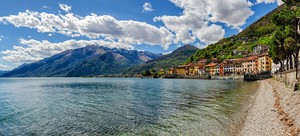
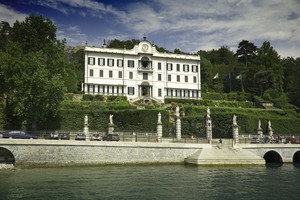
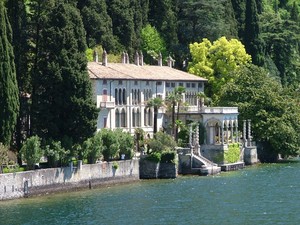


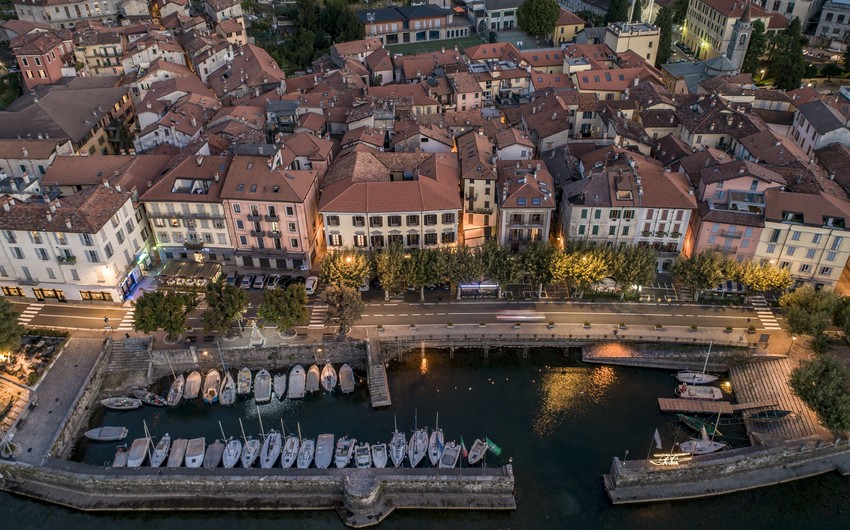 https://images.report.az/photo/db0d53b6-2aa9-3d02-94c3-31e99116ae7d.jpg
https://images.report.az/photo/db0d53b6-2aa9-3d02-94c3-31e99116ae7d.jpg

